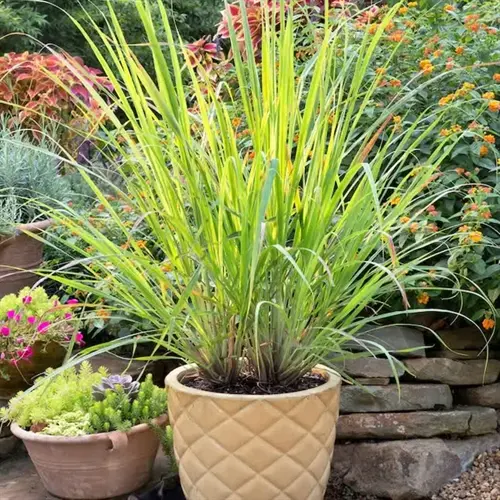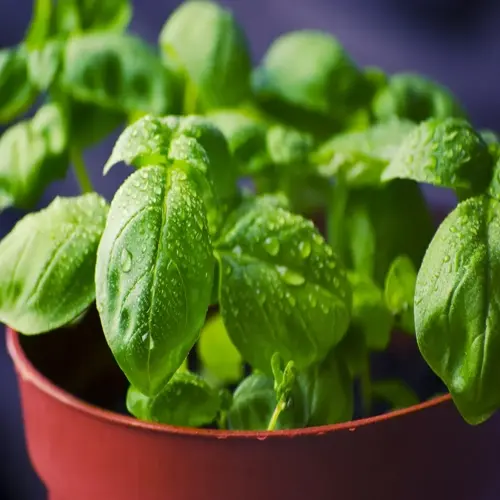How do you winterize oregano plants?

Written by
Julia Anderson
Reviewed by
Prof. Martin Thorne, Ph.D.Properly winterizing oregano ensures the perennial plant survives the cold winter and grows healthy next season. Winterization, or putting your plants to bed, is dependent on your climate zone and planting style. It is best to start winterizing before your first frost. Winterization is more successful for established plants than for first-year oregano plants. It is essential to properly winterize plants to ensure they remain healthy for many years.
Timeline Preparation
- Stop fertilizing 6 weeks before expected first frost date
- Begin reducing watering frequency as temperatures drop
- Apply mulch immediately after first light frost occurs
- Complete all preparations before ground freezes solid
Mulching Techniques
- Use 6 inches (15 cm) straw insulation around plant bases
- Avoid packing mulch against stems to prevent rot
- Cover root zone extending 6 inches beyond plant diameter
- Secure mulch with breathable fabric in windy areas
Container Solutions
- Move pots to cool bright indoor spaces like garages
- Maintain temperatures between 40-50°F (4-10°C)
- Water sparingly every 3-4 weeks during dormancy
- Provide minimal light to prevent premature growth
Modify methods for your USDA zone. Zones 5-7 emphasize deep mulch, which is somewhat akin to frost protection, while zones 8-10 require less. In cold areas, containerized plants are more versatile. For example, I winter my oregano potted plants in an unheated greenhouse to completely enter dormancy.
Prune judiciously when winterizing. You should only remove dead or diseased material before making mulch. Major pruning should be saved for early spring, after the danger of frost has passed. Healthy green stems should never be cut back before winter; these stems serve to insulate the plant's crown, protecting it from cold temperatures.
Keep an eye on plant materials in winter dormancy. Follow up on mulch after heavy snow or rain. Provide additional cover if temperatures drop below 10°F (-12°C). Inspect for rodent damage to protected plants. Avoid supplemental watering unless the soil is powdery dry.
Transition outdoor plants gradually in spring. As temperatures warm, remove the mulch slowly at first. Begin to water normally when you see new growth. Fertilize only after the soil reaches 50°F (10°C). This gradual way of transitioning plants will limit shock after plants become active from dormancy.
Read the full article: How to Grow Oregano Successfully

